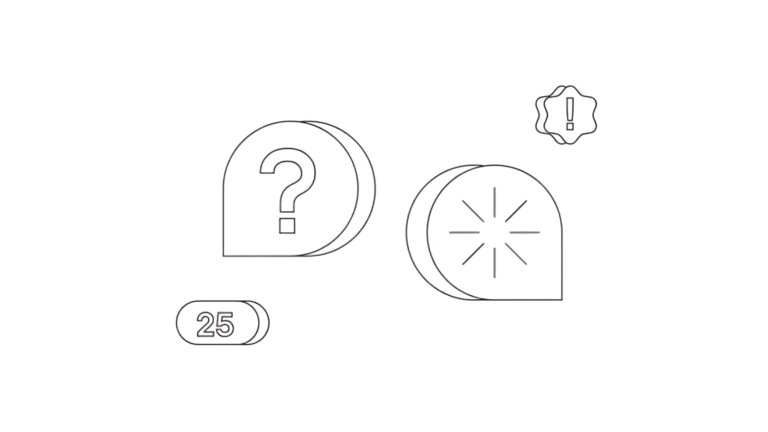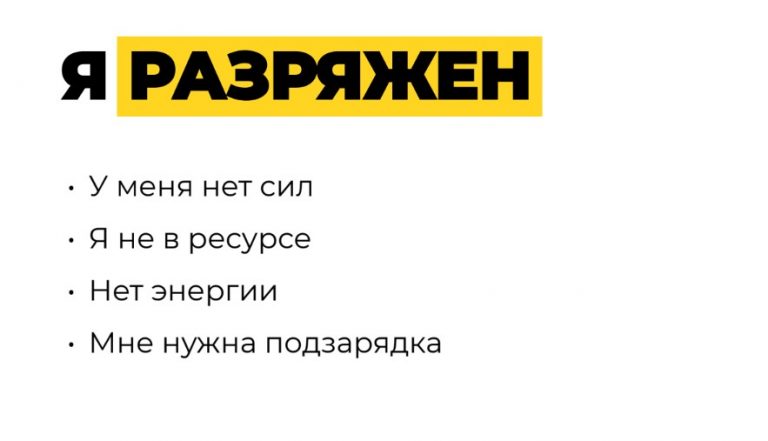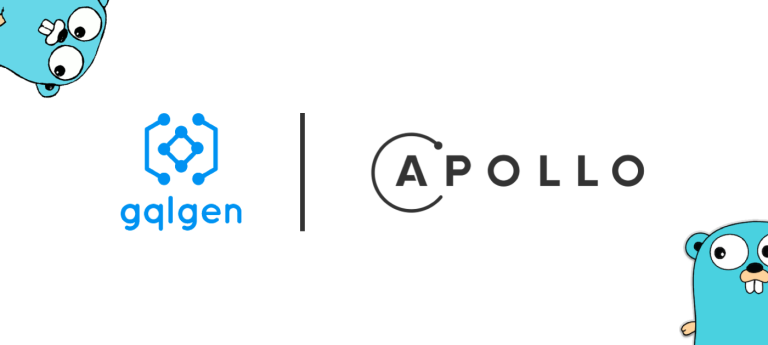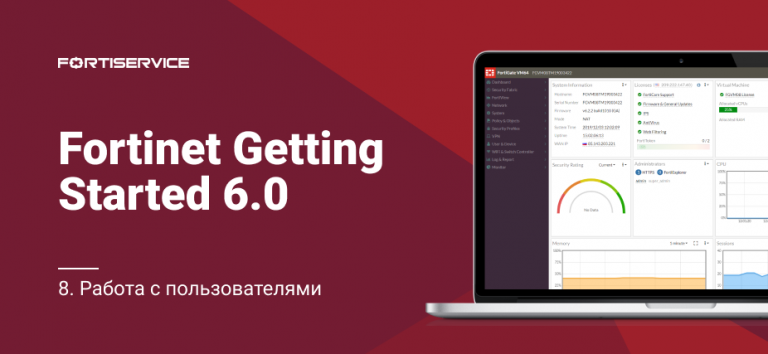Weekend Reading: 10 materials about replicas of sound cards, open sound libraries and audio software
Last time we talked about acoustic levitation and technology of almost one hundred percent sound insulation. This weekend, we offer a selection of articles on the reincarnation of old sound cards, the “gold standard” software for media production and the synthesis of digital sound.

A photo KAL VISUALS / Unsplash
- Enthusiast Recreates Sound Blaster 1.0 Sound Card. We tell you why the DIY project of a sound card clone from the early nineties is remarkable. Here is the story of one of the most popular sound cards for its time, its characteristics and features of the replica. We also discuss similar projects: Gravis Ultrasound with sound synthesis based on musical instruments. We recommend this article to DIY geeks and computer hardware lovers.
- The story of one of the rarest sound cards for the IBM PC (and its replica). Another comeback from the early nineties was the Innovation SSI-2001, which was supposed to compete with Sound Blaster and AdLib, but something went wrong. We tell how the replica of this card was created, what tricks the author had to resort to (for example, the location of some tracks on the board had to be thought out) and how the audience met the product. We conclude the article with a couple of words about other DIY developments: the FTL Sound Adapter replica from the 80s (included with the Dungeon Master game) and the Covox Sound Master, which was in ZX Spectrum and its clones.
- What tracks could be found on players and personal computers. We discuss “default” music – from the post-hardcore in Windows XP for Dell laptops to the pop-rock Spitalfield in Sony Walkman. And on the TomTom smartwatch they poured a whole mix for sports.
- How the PC conquered the media industry with successful software. Discussing Pro Tools and Media Composer. This material is about how two students from the 80s launched the media production industry – here is a modified drum machine on microcircuits, the appearance of Pro Tools, which even received a Grammy Award, and the first song entirely compiled in this program (pioneer became the favorite of women of the era of zero Ricky Martin). Still – we touch on the appearance of the first non-linear digital video editor and the first films mounted “digital”.

A photo James owen / Unsplash
- Open libraries for visualization of audio content. A list of open-source resources where you can find tools for drawing graphics, generating waveform data for sound waves, and other tasks. Open solutions are collected here: from JS libraries that draw sound waves in the form of circular graphs to a universal API with a bias in vector graphics.
- Music for your projects. We publish 12 thematic resources with tracks licensed under Creative Commons. This collection is useful to everyone who is looking for sound design for their applications and games. There are sites with independent authors, there are works by one composer in different genres, there is even a whole archive of digitized music from wax cylinders (so think about where this can be used). They also found something for musicians – an archive of scores with a CC license. And for dessert – a selection of music that the legendary Moby wrote and selected.
- Where to get the right audio samples. This is a selection of 9 thematic resources with sound effects, loops and samples. You will find background sounds, short jingles, full music tracks and unusual things like an archive of mastering tools based on AI systems.

A photo Sergey Galyonkin / CC
- How to write music using OOP. We talk about OpenMusic technology: how it works, where it is used, and what are its analogues. The tool was developed back in the nineties, but in 2013 it was rewritten. Among other things, we give an example of a generated melody.
- Word for human speech: what he can do. The journalist’s dream came true: Descript not only decrypts the audio recordings of speech, but also allows you to edit them, as in the usual Word. We talk about the capabilities of the tool, its technological stack, analogs and ethical issues (deep fake in all its glory). As for deep fake, another development, VoCo, allows you to generate new phrases with the speaker’s voice (words that he didn’t say).
- “Machine Sound”: synthesizers based on neural networks. This solution mixes several samples (for example, piano and guitar) into a new audio track with unique characteristics. We tell how it works, and give examples. Still – we are talking about analogues based on MO systems.
Also in our blog on Habré:
- Concert for a city with an orchestra: who and why records the sounds of everyday life
- How is Sporth – YaP for live music sessions





